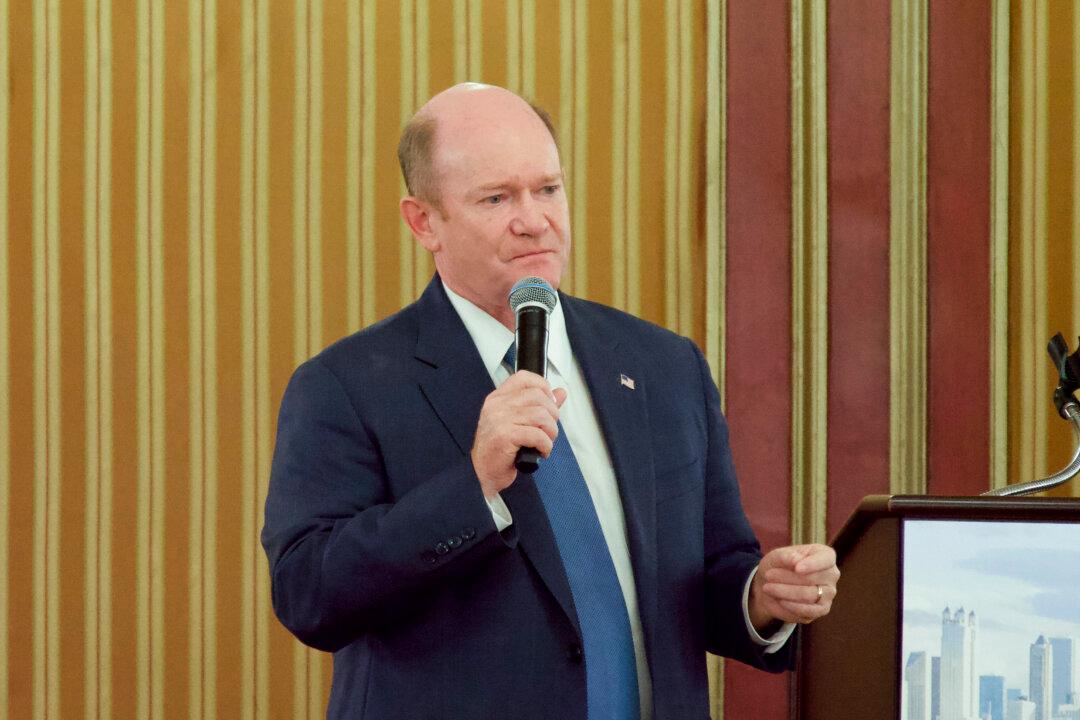A $200 million plan to expand logging in national forests was announced on May 29 by the U.S. Department of Agriculture (USDA) in a bid to grow timber supply, improve forest health, and bolster rural economies.
Officials say predictable, long-term contracts will provide mills and loggers the certainty needed to invest in equipment and jobs.
“President Trump is committed to cutting red tape, rolling back burdensome regulations and unleashing the potential of America’s abundant natural resources,“ Rollins said in a statement. ”We are doing just that at USDA with this announcement to invest in timber production. This is a win for consumers who will see better prices with American grown products, and a win for forest management which will help keep our forests safer and reduce wildfire risk.”
“Timber production is essential for crucial human activities like construction and energy production,” the order states.
The USDA strategy emphasizes tools such as Good Neighbor Authority agreements with states and tribes and integrated resource contracts that can run for 10 years or longer. It also prioritizes emerging wood products—notably cross-laminated timber, touted for rivaling steel in strength—and markets for the low-value biomass that is often left in the woods.
USDA officials say more active management will thin overly dense stands that feed destructive wildfires, while the added timber volume should ease construction-grade lumber shortages that drove up homebuilding costs in recent years. The Forest Service estimates the initiative will support jobs “from the woods to the mill” and lessen dependence on imports.
USDA did not specify when the first projects funded by the $200 million package will break ground. Rollins said the department will report progress “in the coming months” as regional offices identify high-priority tracts and negotiate multi-year contracts.
Industry views differ sharply from this view.
Travis Joseph, president of the American Forest Resource Council, said that the orders are “common-sense directives Americans support,” saying that decades of “mismanaged” forests have cost jobs and left communities vulnerable to wildfire. Joseph said the nation’s federal forests are “facing an emergency” and need immediate action.







